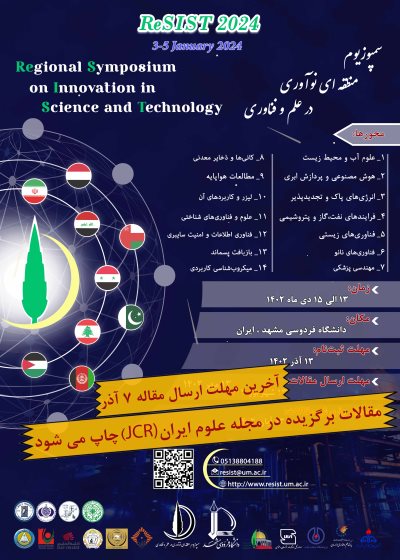0% Complete

Authors :
Keywords :
Abstract :
List of archived papers
عباس قائمی بافقی - بی بی مرضیه رضوان پناه
Amineh Darrudi - Masumeh Taheri - Mohamad Hosein Mahmudy Gharaie - Masood Minaee
Ali Esmaeili - Masoumeh Taheri - Mohammad Hossein Mahmoudi Gharaie
Mahsa Goharara
میثم وحیدی فردوسی - محمدعلی فنایی شیخ الاسلامی
حسین محمد زاده - جعفر هاشمی - حمید قالیباف محمد آبادی
Soheil Sadr - Ashkan Hajjafari - Narges Lotalizadeh - Hassan Borji


